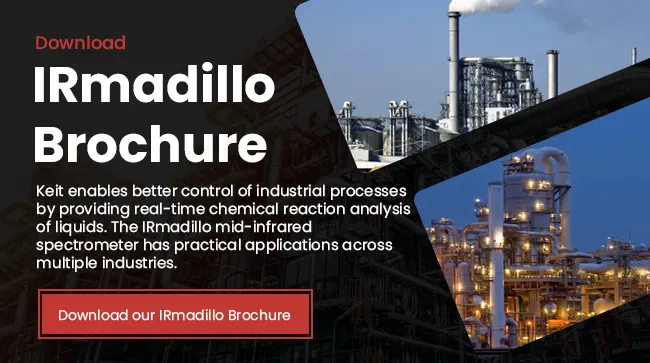
Spectroscopy Solutions Uncovered: 5 Options For Your Process Analysis Needs
Spectroscopy is a powerful analytical technique that provides valuable insights into the chemical composition and physical properties of materials. By studying the interaction of matter with electromagnetic radiation, spectroscopy offers a range of solutions to meet different process analysis needs.

In this article, we’ll explore five types of spectroscopy solutions and their characteristics to help you make informed decisions for your analytical requirements.
1. UV-Vis Spectroscopy
UV-Vis spectroscopy is a widely used technique that measures the amount of absorbed or transmitted light of discrete wavelengths in the ultraviolet (UV) and visible (Vis) regions. Highly sensitive and versatile, UV-Vis spectroscopy is suitable for a variety of applications such as DNA and RNA analysis, Pharmaceutical analysis, and Beverage analysis. However, the technique requires extensive preparation of samples and does not provide in-depth information about molecular structures or chemical properties.
2. NMR Spectroscopy
Nuclear Magnetic Resonance (NMR) spectroscopy allows analysts to understand the molecular structure and chemical properties of materials. The method provides detailed information about the interactions and environments of atomic nuclei in a sample. However, NMR spectroscopy requires the sample to be dissolved in a suitable solvent or used in a special type of instrument. Additionally, NMR spectrometers can be quite expensive and have limited sensitivity, making them less accessible for routine process analysis.
3. X-Ray Spectroscopy
X-Ray Spectroscopy, which includes X-Ray Absorption Spectroscopy (XAS) and X-Ray Emission Spectroscopy (XES), provides invaluable information about the atomic and electronic structure of materials. It is particularly useful for studying crystalline structures but is generally unsuitable for analyzing molecular structures. The technique is non-destructive and provides high-resolution data, making it valuable for a wide range of applications.
4. IR Spectroscopy
As its name suggests, infrared spectroscopy uses infrared (IR) radiation absorption to study the organic chemical compounds in a sample. It is highly versatile and non-destructive, making it suitable for various process analysis needs. IR spectroscopy provides information about functional groups and molecular vibrations, which aids in compound identification. However, it can lack selectivity and may require careful sample preparation to achieve accurate results.
5. Raman Spectroscopy
Raman spectroscopy utilizes laser light to study the vibrational modes in materials. It is a non-destructive technique that provides highly selective and sensitive analysis. Raman spectroscopy is particularly valuable for identifying specific chemical bonds and detecting subtle changes in molecular structures. However, it has a limited depth of penetration, which may restrict its use. Additionally, it is prone to fluorescence interference which can pose challenges in some cases.
Contact Us For More Information
At Keit Industrial Analytics, we provide mid-infrared spectrometry solutions for applications across multiple industries. To find out more, please get in touch today by sending us an enquiry.
 Image Source: Canva
Image Source: Canva
